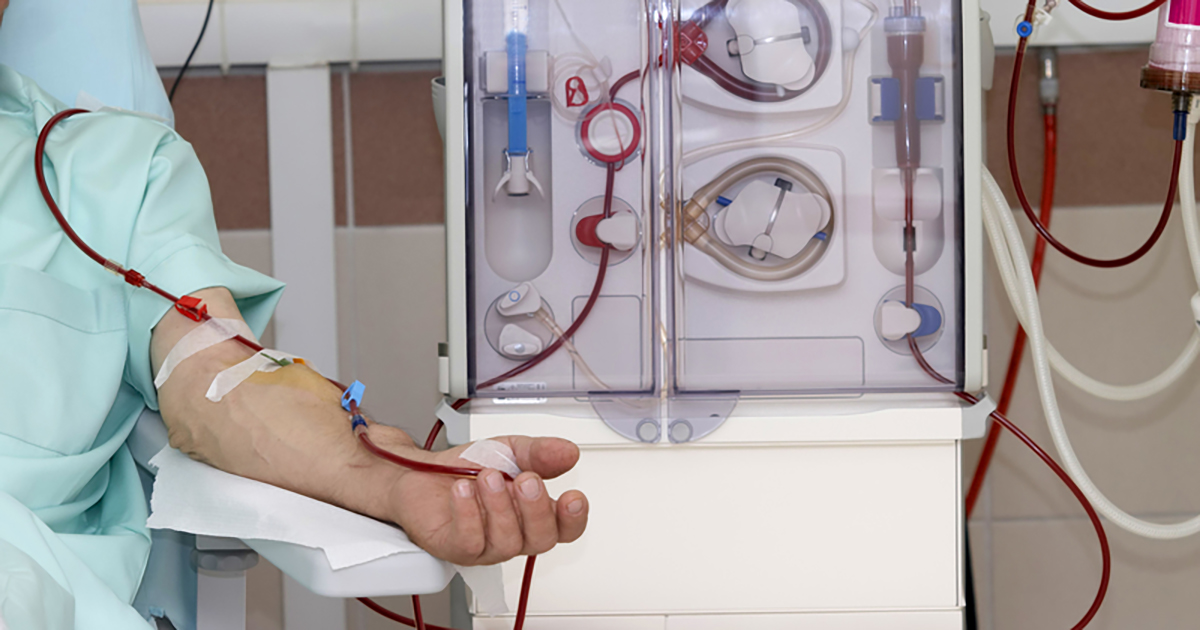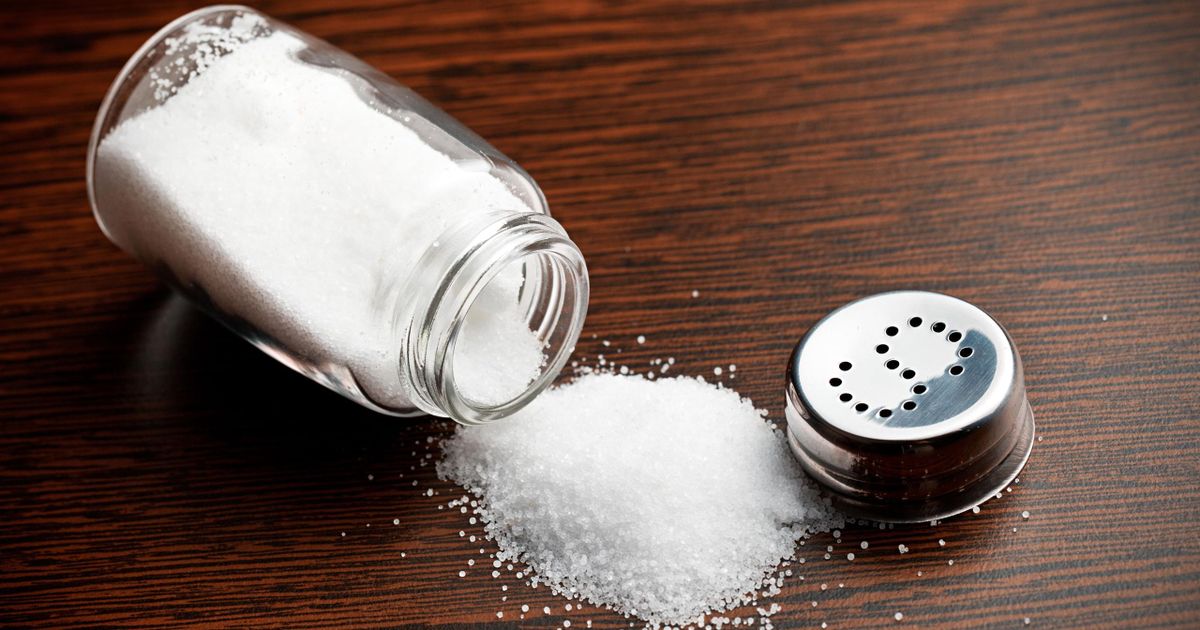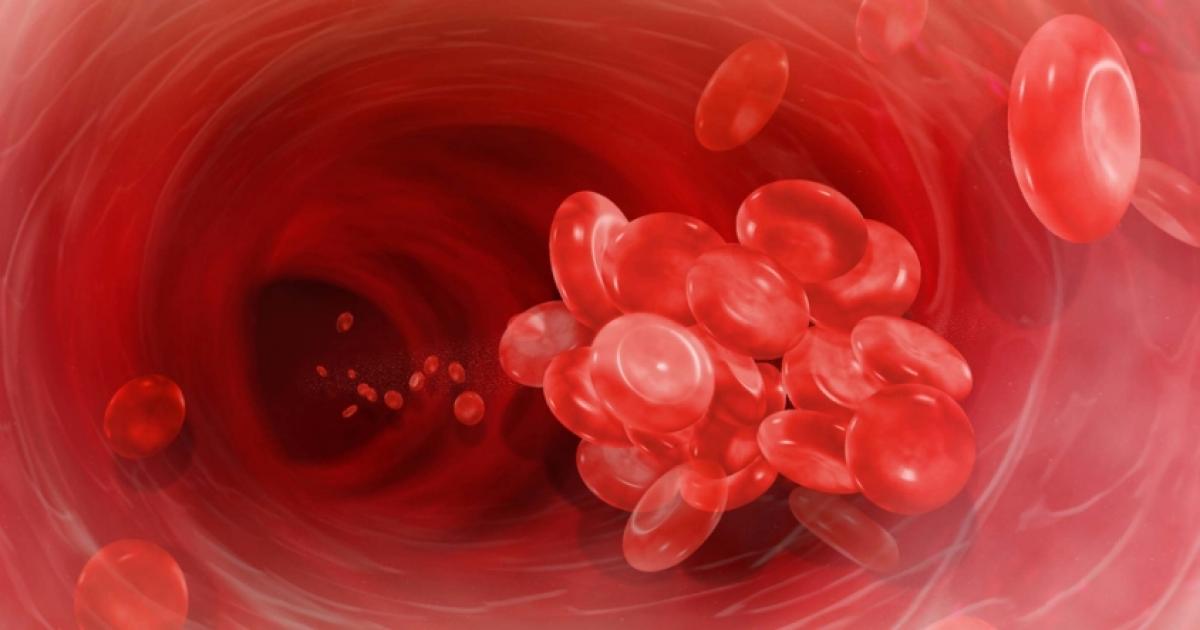Options For Treating Azotemia
Azotemia is a condition in which the blood contains a surplus of nitrogen-rich waste. This is usually the result of some problem with the kidneys or urine. It's fairly common, and over one percent of hospital admissions in the United States are due, in part, to azotemia. In 2017, over 36.5 million individuals were admitted to the hospital, which means over 365,000 suffered from some form of azotemia. There are quite a few different ways doctors treat the condition. Treatment largely depends on the cause, which could be any number of things, and also the type of azotemia (there are three). In some cases, treatment can include a combination of methods.
Dialysis

Individuals with intrarenal azotemia may require dialysis. Intrarenal azotemia is when a direct malfunction of the kidney causes the azotemia. It could be due to infection, vascular disease, or medicine. Dialysis, the separation of particles from a liquid, is usually a treatment done for late-stage azotemia and is usually only done temporarily. It involves draining all the blood from the body and filtering it through a machine, which cleans the toxins from the blood and returns it to the body through a second line. It can be very time-consuming, requiring multiple treatments per week with each treatment lasting several hours.
Changes To Eating Habits

Sometimes azotemia can lead to another condition called nephrotic syndrome. This condition is characterized by albuminuria, hypoalbuminuria, hyperlipidemia, and edema. While shifts in eating habits don't prevent or cure nephrotic syndrome, limiting the intake of certain substances does improve symptoms. It's common knowledge that too much salt can cause water retention leading to edema.
If an individual already has edema, eating salt can make the condition worse. This is why patients with edema from nephrotic syndrome are encouraged to adopt a low-sodium diet. Another example is adopting a diet low in saturated fats and cholesterol due to hyperlipidemia. Since hyperlipidemia is characterized by having too much fat in the blood, it makes sense to adopt a low-fat diet.
Underlying Condition Treatment

In many cases of azotemia, there is an underlying condition causing it, and treating this underlying condition can make azotemia go away. This is especially the case with prerenal azotemia and postrenal azotemia, since they are both characterized by problems outside of the kidneys. Prerenal azotemia, which accounts for almost seventy percent of azotemia cases, is the one with the highest chance of being caused by an underlying condition.
Some of these conditions can be burns, heat exposure, heart failure, shock, or artery blockages. Postrenal azotemia is characterized by blockages in the tubes leaving the kidney. Some of the causes are tumors, a urinary catheter, or an enlarged prostate. In all of these cases mentioned, azotemia can disappear when the underlying condition is treated in a timely manner.
Intravenous Fluids

Intravenous fluids are helpful in treating azotemia, especially intrarenal and postrenal. Intrarenal azotemia can cause a serious electrolyte and fluid imbalances, so an IV fluid line is the quickest way to restore this. For postrenal azotemia, IV fluid is the most important part of therapy.
Azotemia can lead to a complication called hyperkalemia, which is when the potassium level in the blood reaches dangerously high levels. Hyperkalemia can cause cardiac arrhythmia, so it's important to treat it as quickly as possible. Treatment often involves either supplying the body with calcium to mitigate the effects of increased potassium or supplying the body with glucose and insulin to lower the potassium temporarily until the underlying cause is found. Both of these methods are administered to the body through intravenous fluids.
Medication

Azotemia is unlike other conditions when it comes to taking medicine. This is because medications may cause or aggravate the condition rather than help it. Illegal drugs can also cause azotemia. When azotemia is caused by drugs (called a nephrotoxic drug), it's usually prerenal azotemia or intrarenal azotemia.
If medicine is used to treat azotemia, it would most likely be administered through an IV while the patient is hospitalized. The primary focus of this type of medication is to reduce the toxins in the bloodstream. This can sometimes be done by using medicine that raises the patient's blood pressure and boosts the heart's function. If a patient's medicines are causing the azotemia, alternative medicines are found to replace them.
